(CLO) In its Digital News 2025 Report, the Reuters Institute for the Study of Journalism surveyed 326 media leaders from 51 countries and territories. Here are their key views on the outlook for the journalism industry in the coming year.
More than half are confident in finding opportunities
41% of editors, CEOs and digital directors surveyed said they were confident about journalism’s prospects in the year ahead, with 17% expressing low confidence. More positively, more than half (56%) said they were confident about their own business prospects, a significant increase on last year’s figure.
Concerns about reduced search traffic
However, survey results show that up to 74% of participants are concerned about a decrease in traffic to their website through search engines this year.
While Chartbeat data shows that overall traffic from Google remains stable, publishers are increasingly concerned about Google’s increasing use of AI-generated snippets to answer search queries. This is compounded by the fact that traffic from social networks like Facebook (down 67%) and Twitter (down 50%) has dropped sharply over the past two years.
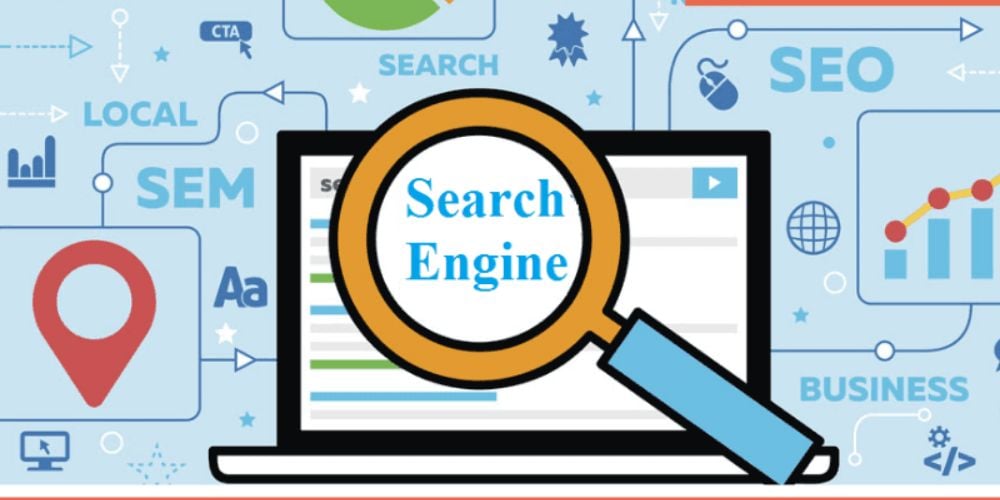
Search engines are threatening to reduce traffic to newspaper sites.
To cope with these changes, news organizations will actively cooperate with AI platforms such as ChatGPT and Perplexity, which are looking for high-quality content and are willing to pay or cite publishers. In addition, to meet the growing demand for video from users, publishers will also focus on platforms such as YouTube, TikTok (although it may be banned in the US), and Instagram.
The relationship between news organizations and X/Twitter has deteriorated significantly this year (-68 points), especially after the platform became politicized under Elon Musk. Many major newspapers such as The Guardian, Dagens Nyheter and La Vanguardia decided to stop publishing on X, which benefited other platforms such as Bluesky (+38 points).
Meanwhile, Google Discover (+27 points) has also become an important, albeit volatile, source of traffic. The survey found that publishers are taking a cautious approach to social media platforms, with half of respondents wanting to either maintain or reduce their reliance on them.
Partnering with technology companies
Nearly 40% of commercial news publishers are placing huge expectations on revenue from licensing content to tech and AI companies, a figure that has doubled from last year.
However, they are still debating the form and structure of these agreements, with the majority (72%) wanting collective agreements that benefit the whole industry, rather than each company negotiating on its own.
Create new products to increase revenue
According to media leaders’ expectations, paid subscriptions remain the mainstay of news publishers’ revenue (77%), followed by display advertising (69%) and traditional advertising (59%). In addition, many publishers are tapping into other revenue streams such as events (48%), affiliate revenue (29%), donations (19%) and related business activities (15%).
In response to slowing subscription growth, publishers are focusing on developing new products. Nearly half of publishers surveyed said they are planning to launch new products, particularly in the areas of gaming (29%),education (26%), and international editions (20%).
Additionally, many publishers are also considering launching “all-access” subscriptions and teen-specific products (42%) to attract more users and reduce churn.
Actively apply new generation AI
AI technology is being widely adopted by news organizations across a number of activities in content production and distribution. Notably, 60% of publishers said they have automated back-office tasks using AI.
Additionally, 87% of newsrooms have or are in the process of transitioning to using generative AI (GenAI), demonstrating the popularity and importance of this technology in the publishing industry.
In 2025, publishers will increasingly focus on personalizing content using AI to enhance reader engagement. Specifically, many news organizations will explore features such as text-to-speech (75%), AI summarization (70%), and multilingual translation of articles (65%). Additionally, more than half of publishers will explore AI chatbots and new search interfaces.
Phan Anh (according to Reuters Institute)
Source: https://www.congluan.vn/khao-sat-cac-lanh-dao-truyen-thong-van-tin-vao-trien-vong-cua-bao-chi-nam-2025-post330418.html


![[Photo] Readers line up to visit the photo exhibition and receive a special publication commemorating the 135th birthday of President Ho Chi Minh at Nhan Dan Newspaper](https://vphoto.vietnam.vn/thumb/1200x675/vietnam/resource/IMAGE/2025/5/17/85b3197fc6bd43e6a9ee4db15101005b)


![[Photo] Prime Minister Pham Minh Chinh chairs meeting on science and technology development](https://vphoto.vietnam.vn/thumb/1200x675/vietnam/resource/IMAGE/2025/5/17/ae80dd74c384439789b12013c738a045)

![[Photo] More than 17,000 candidates participate in the 2025 SPT Competency Assessment Test of Hanoi National University of Education](https://vphoto.vietnam.vn/thumb/1200x675/vietnam/resource/IMAGE/2025/5/17/e538d9a1636c407cbb211b314e6303fd)


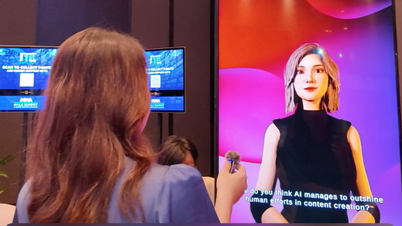










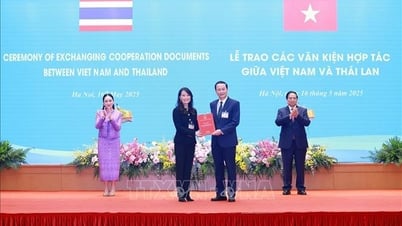










![[Photo] Nearly 3,000 students moved by stories about soldiers](https://vphoto.vietnam.vn/thumb/1200x675/vietnam/resource/IMAGE/2025/5/17/21da57c8241e42438b423eaa37215e0e)

































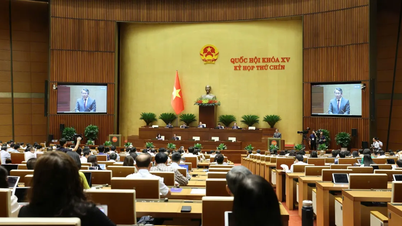





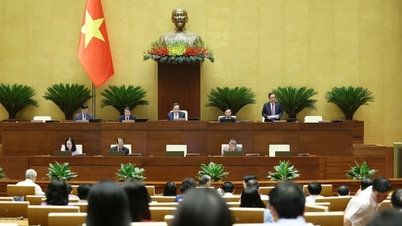


















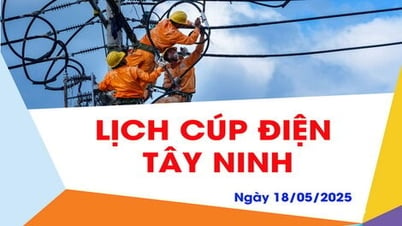












Comment (0)